Reverse Osmosis (RO), CFD Simulation Ansys Fluent Training
$180.00 Student Discount
- This simulation is about reverse osmosis CFD Simulation via ANSYS Fluent software.
- The geometry of the project is modeled in Design Modeler software.
- The model meshed with ANSYS Meshing software. The model’s grid is structured, and 44800 cells have been created.
- The Eulerian model is used to simulate fluid multiphase behavior in a transient study with porous medium.
To Order Your Project or benefit from a CFD consultation, contact our experts via email ([email protected]), online support tab, or WhatsApp at +44 7443 197273.
There are some Free Products to check our service quality.
If you want the training video in another language instead of English, ask it via [email protected] after you buy the product.
Description
Description
This simulation is about reverse osmosis CFD Simulation via ANSYS Fluent software. Osmosis is a natural phenomenon that shows a fluid tends to move from a solution with a lower concentration to a higher concentration until the concentration on both sides is balanced. Suppose a semi-permeable membrane is placed between pure and impure water.
Then water movement, according to the phenomenon of osmosis, is toward impurity until a pressure difference appears between the two pure and impure parts (on both sides of the membrane). This pressure difference is called the osmotic pressure difference. If a pressure equivalent to the osmotic pressure is applied to the non-specific part of the system, this fluid movement from the pure part to the impure part is interrupted. If this pressure is greater than the osmotic pressure, the direction of the natural movement of water is reversed.
Reverse osmosis water desalination systems work exactly according to this mechanism. In these systems, a pressure beyond the osmotic pressure is applied reverse towards the semipermeable membranes. Passing through the filters separates salt and impurities from the base water.
This project includes two problems and has been simulated twice. The first project only deals with fluid behavior due to osmotic pressure. A closed chamber is modeled, which is divided into two parts. Between these two parts, a barrier is supposed to be removed at once.
There is a saltwater solution on the left side of the chamber, and on the right side, there is pure water. The purpose of this simulation is to investigate the movement of fluid between two parts with different concentrations. This displacement can express the concept of the osmotic phenomenon and osmotic pressure.
If the first project is approved, the water desalination system using the reverse osmosis method will be investigated in the second project. In this simulation, a membrane is used in the middle of the system chamber. A porous medium has been used to define the membrane.
The flow of water and salt enters the chamber from the inlet on the model’s left side and moves toward the membrane. After the solution reaches and hits the membrane, pure water passes through it, and salt or water with a high concentration is trapped behind it.
The geometry of the present project is modeled in two dimensions with Design Modeler software. The model is related to a rectangular chamber with a simple geometry structure; a membrane is placed between its two parts. Then the model meshed with ANSYS Meshing software. The model’s grid is structured, and 44800 cells have been created.
Methodology: Reverse Osmosis (RO) CFD Simulation
In this simulation, an impure solution is used instead of pure fluid. So it is necessary to define the two-phase flow. For this purpose, the multiphase model has been used. One can use VOF, mixture, and Eulerian models to define the multiphase model. In the case of Reverse Osmosis, the Eulerian model has been used, which is the most complex method for defining multiphase flows.
Water is defined as the primary phase, and salt is the secondary phase dissolved in water. The concentration of salt dissolved in water is equal to 0.02. The concentration value of the phases is determined by a parameter called volume fraction, and the solver solves the transport equations related to this volume fraction.
Also, a porous medium has been used to model the membrane between two system parts. The porosity determines the permeability of the porous medium. The porosity equals the volume of empty space to the total volume.
This simulation is done in two steps. In the first model, fluid movement is natural and without external forces, but it is necessary to define a mandatory boundary condition in the second model. Since the project’s goal is to investigate the behavior of the system over time, the solution is time-dependent or unsteady.
Conclusion
After the completion of the solution process, two-dimensional contours related to the pressure and volume fraction of water and salt have been obtained. Since the solution is unsteady, the results have been compared at different times to obtain the system’s behavior over time. Also, the animation related to changes in the volume fraction of salt soluble in water has been obtained. All results are obtained in both simulation modes.
The first simulation has a closed enclosure, and no external boundary conditions are applied to the system. Initially, the model’s left side consists of water and salt, and the right contains only pure water. The results over time show that the fluid moves from the side with a higher concentration to the side with a lower concentration.
This displacement continues until the concentration on both sides of the system reaches equilibrium. This fluid movement happens naturally without the intervention of external forces. This phenomenon indicates the osmotic property of the fluid, which is correctly modeled in the problem.
The second simulation uses a porous membrane or medium in the system’s middle. The water and salt solution moves toward the membrane at a specific speed and pressure (beyond the osmotic pressure). This movement is opposite to the normal direction of fluid movement (according to osmotic pressure).
The results show that pure water passes through the membrane, but the salt dissolved in the water is trapped behind the membrane. This movement continues until a completely concentrated solution is obtained behind the membrane and pure water after the membrane.
These results prove that the reverse osmosis sweetening system works properly and makes the water purification process. Also, pressure changes show that the fluid pressure difference on both sides of the reverse osmosis system increases over time.
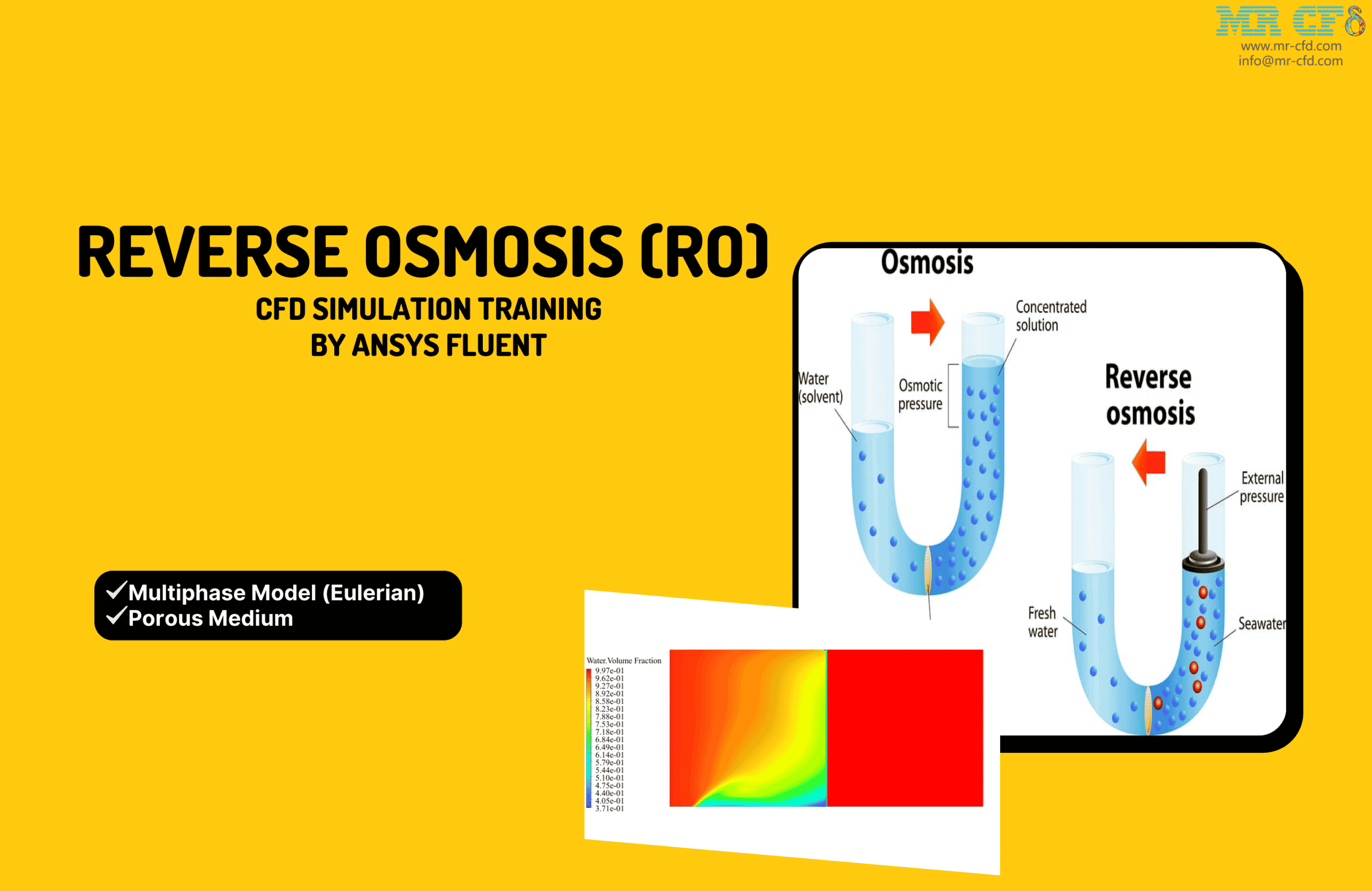
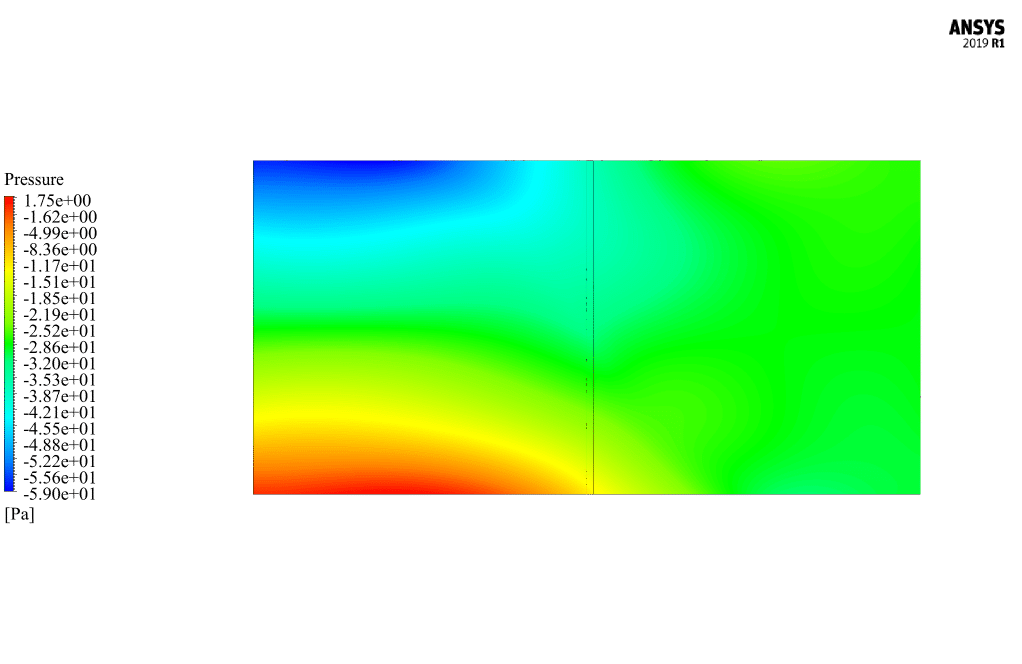
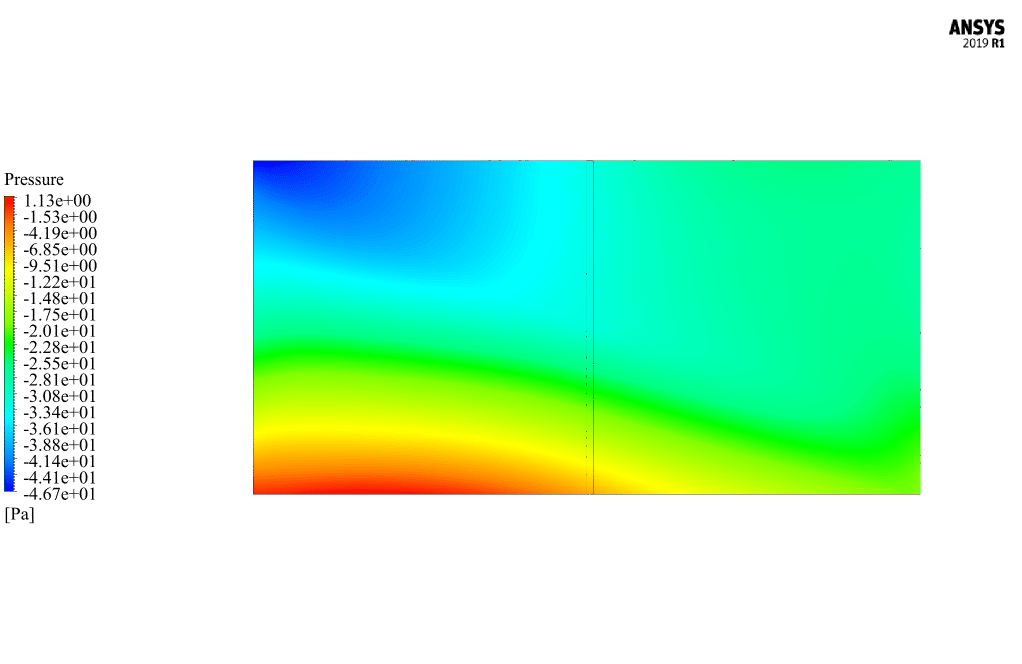
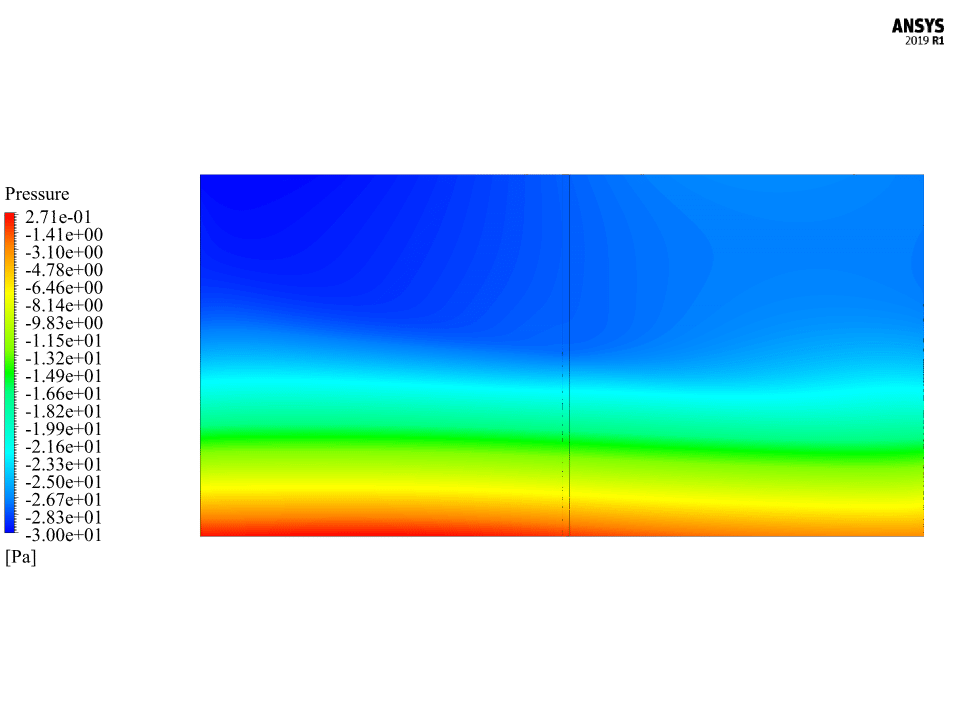
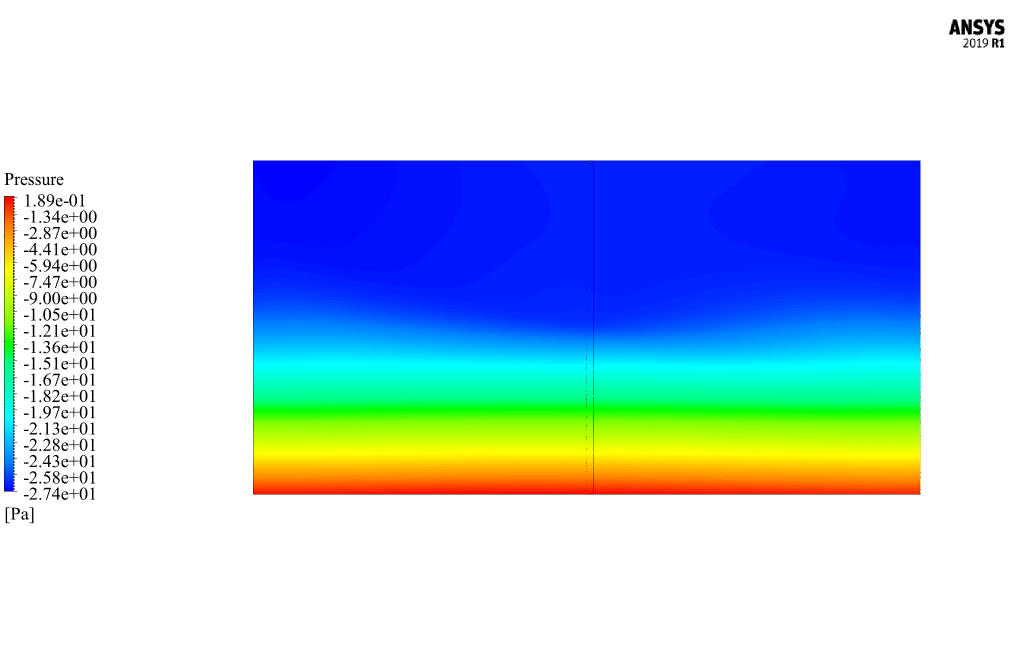
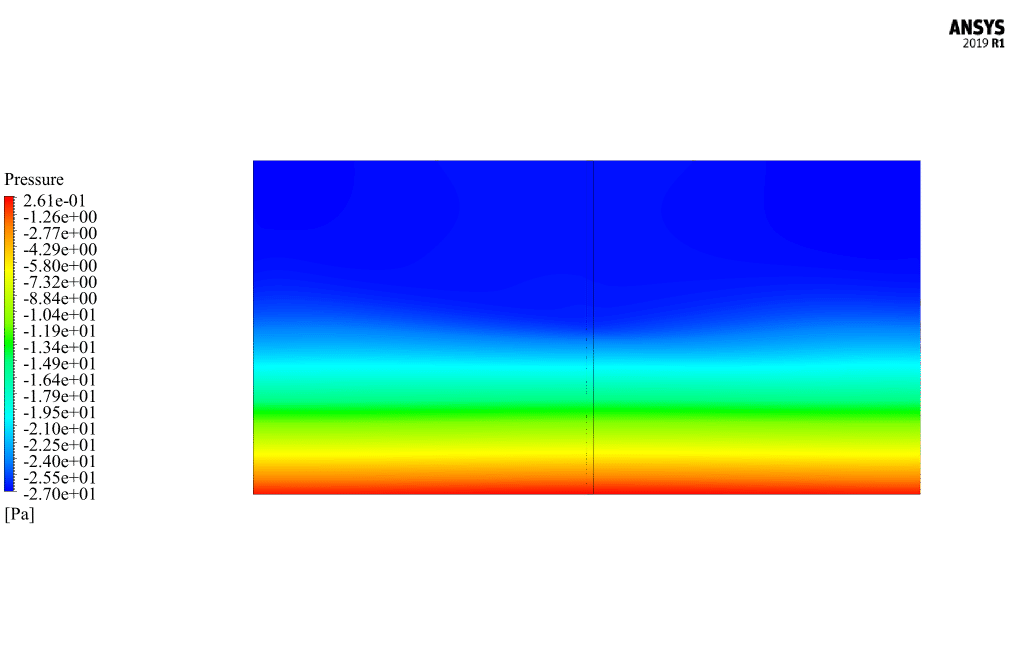
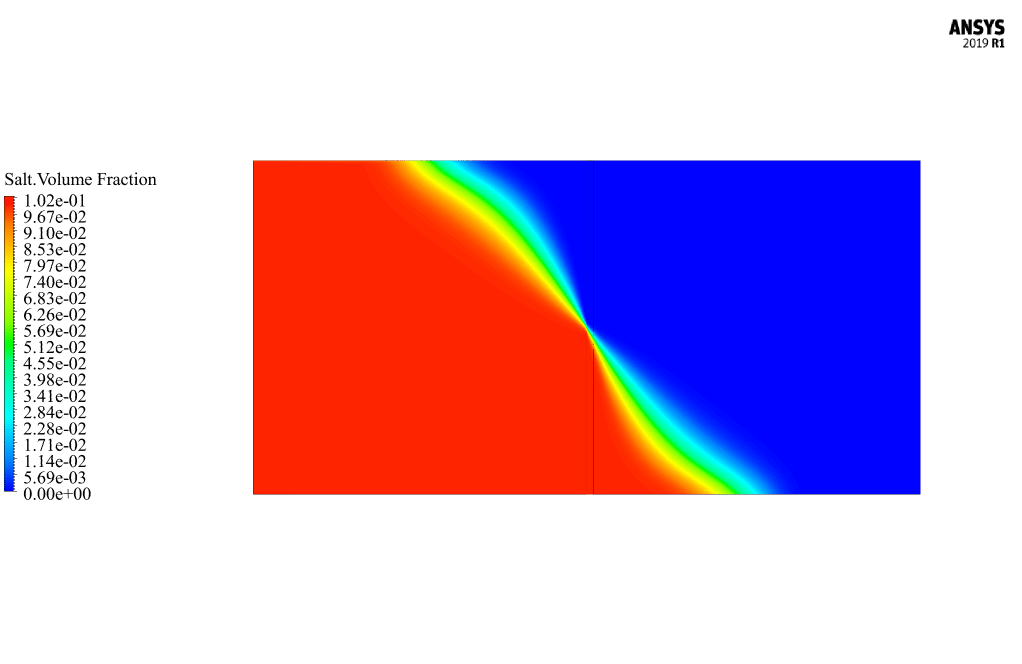
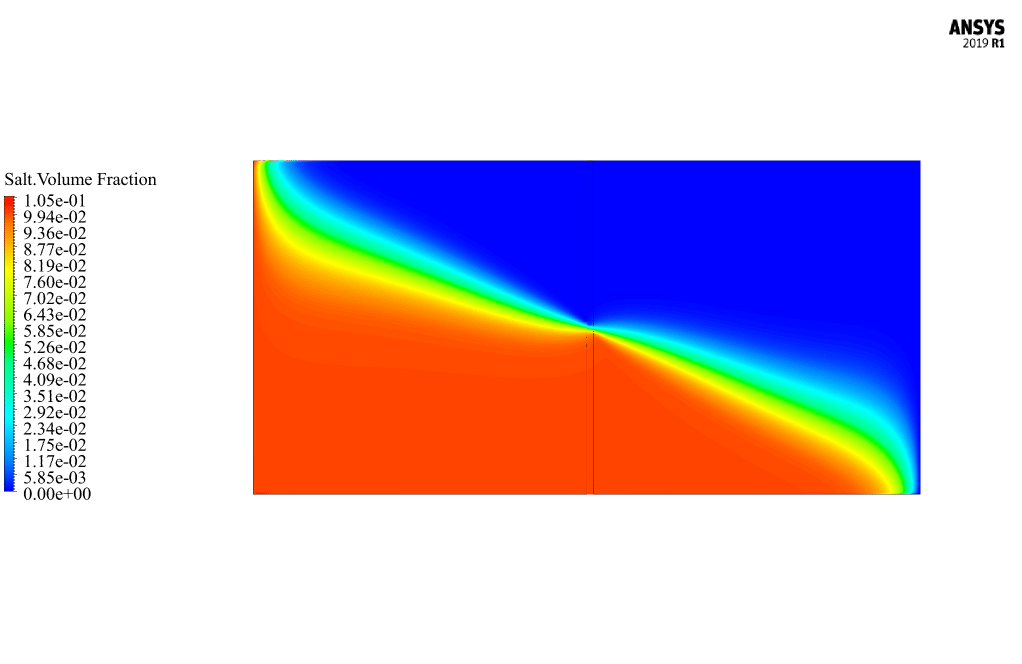
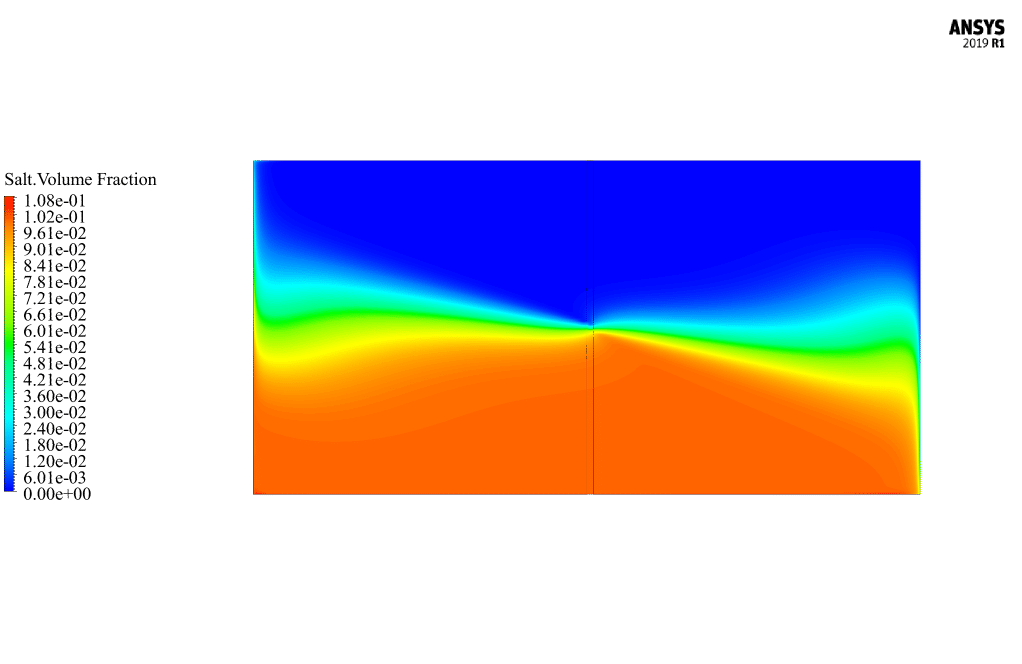
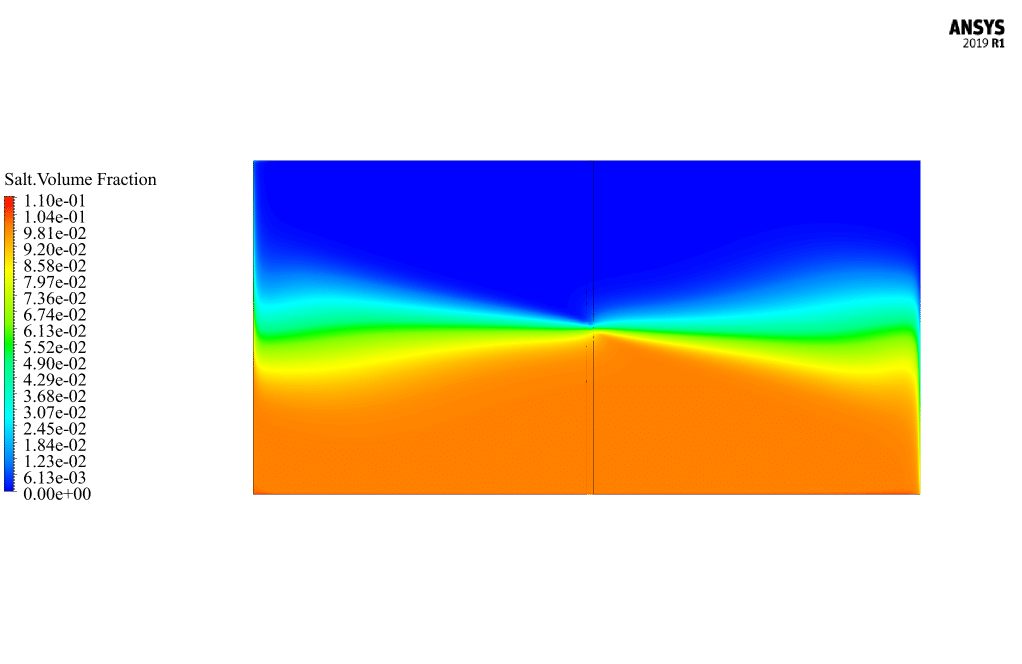
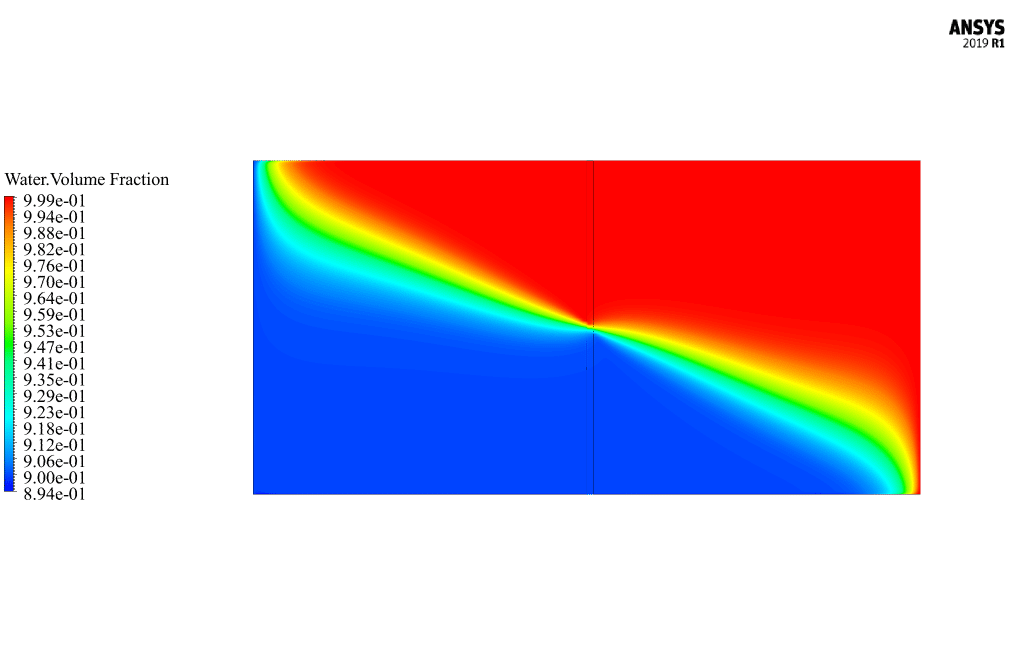
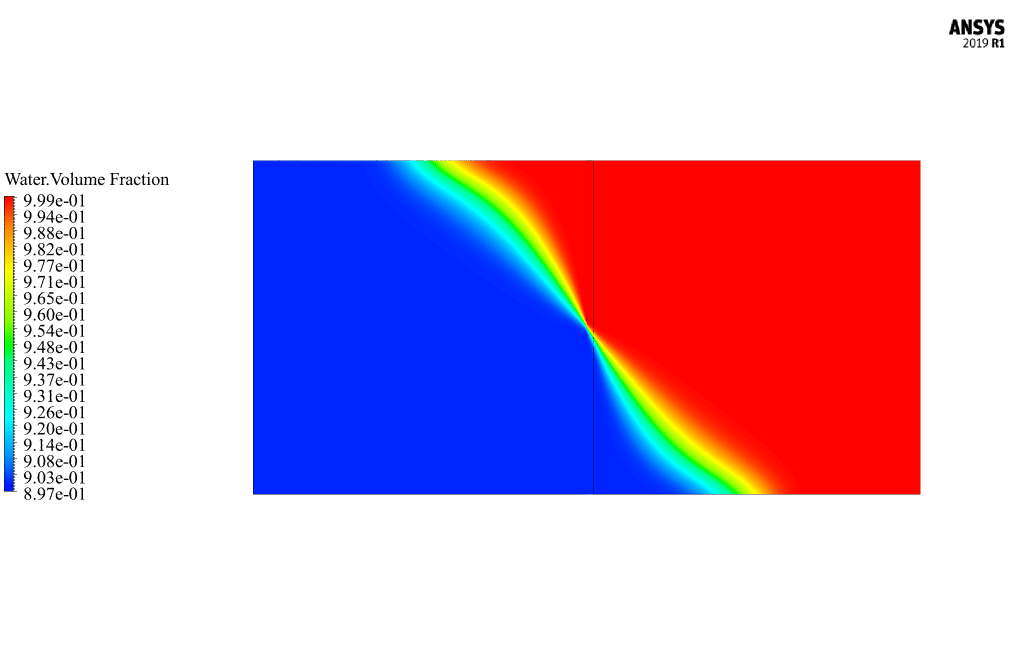
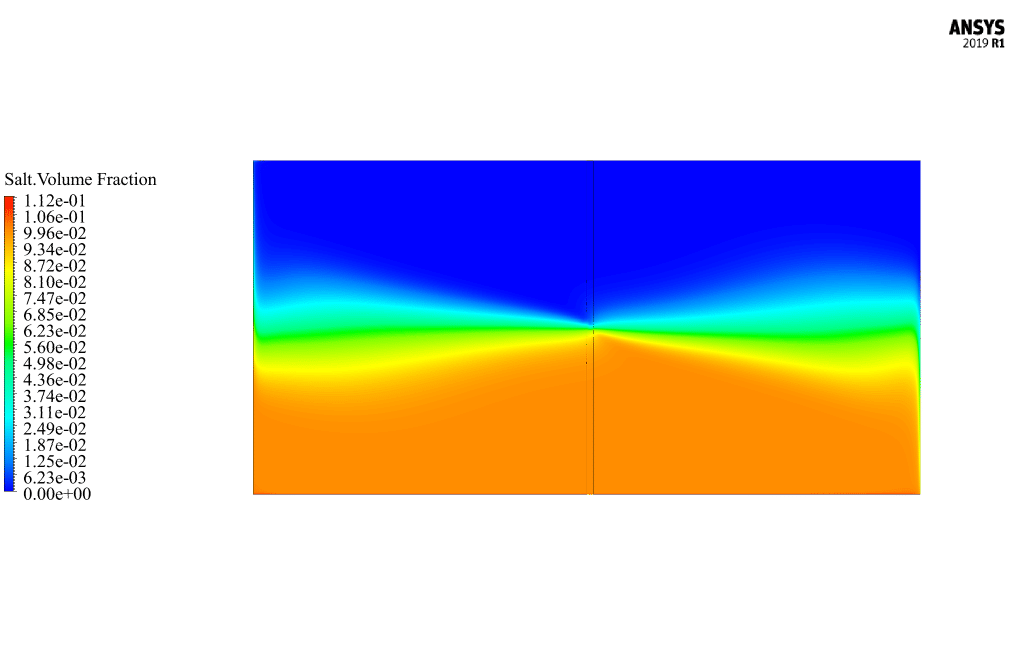
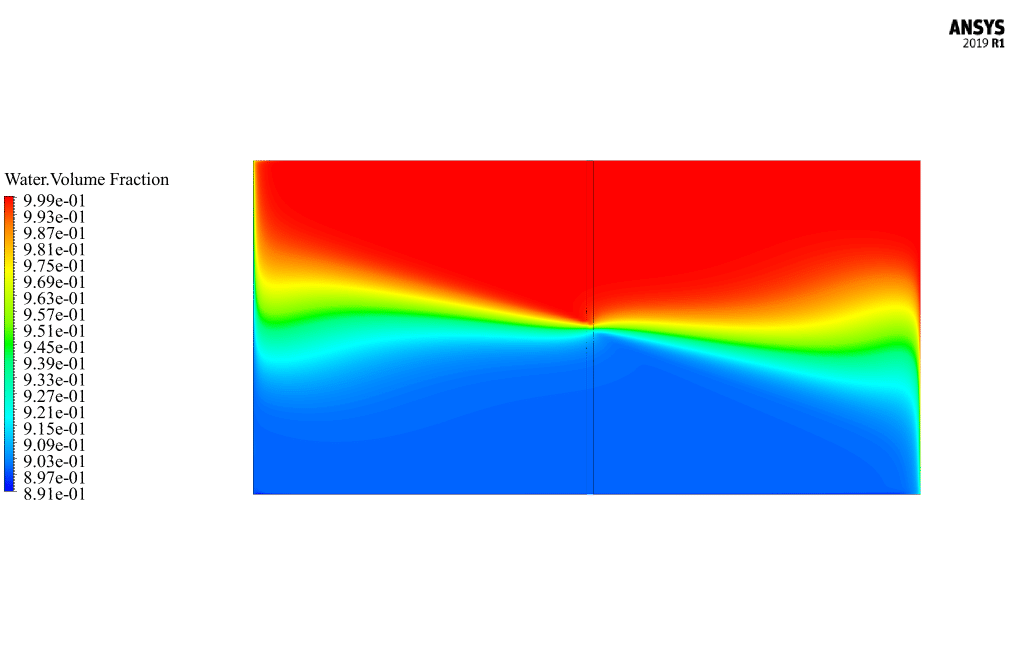
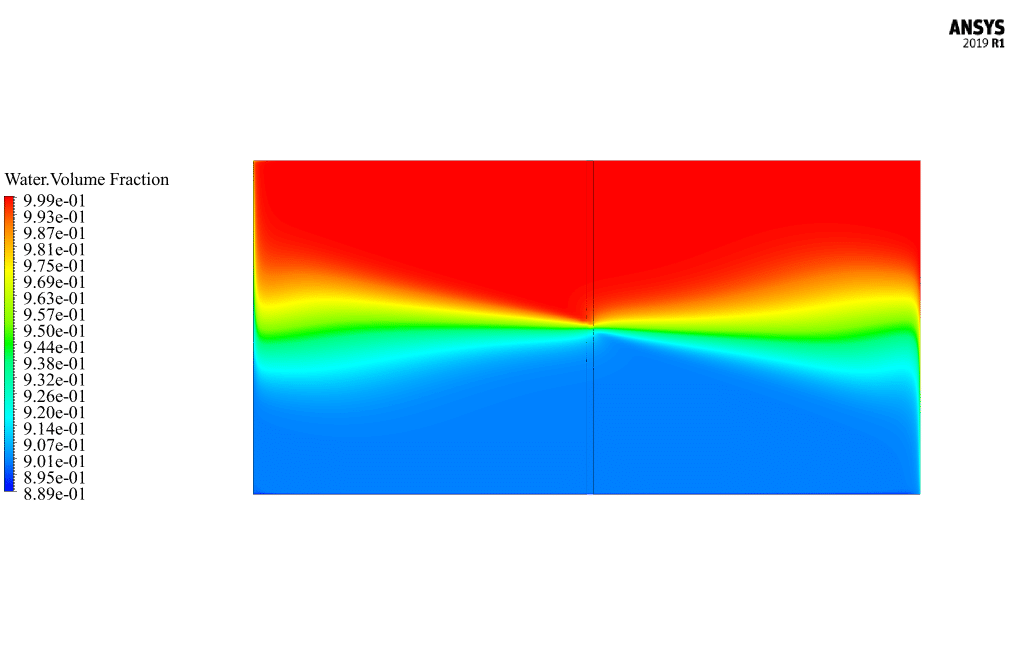

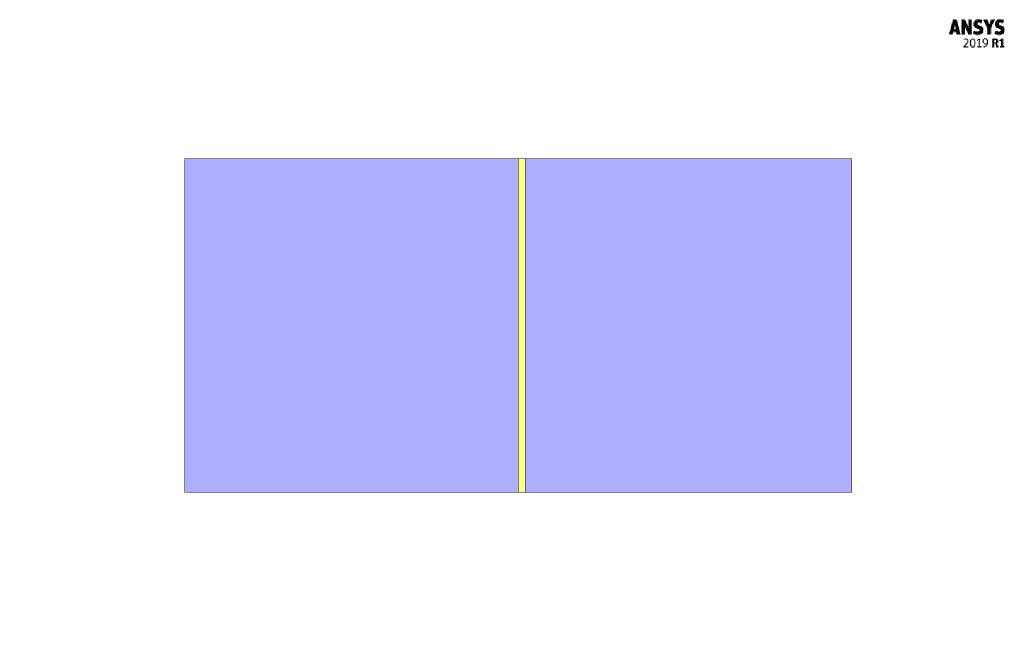
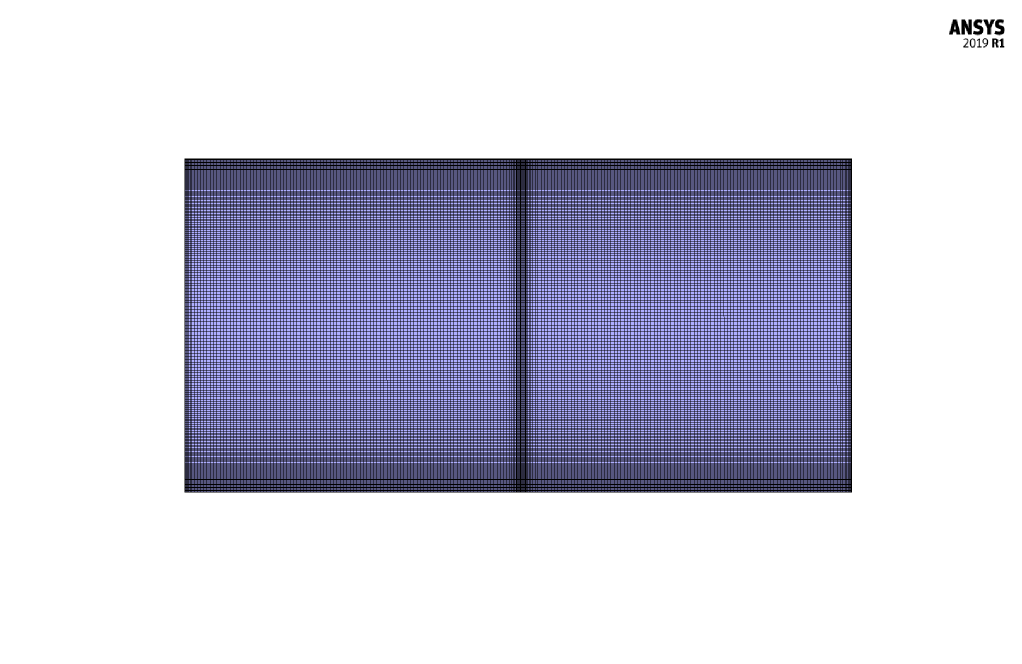
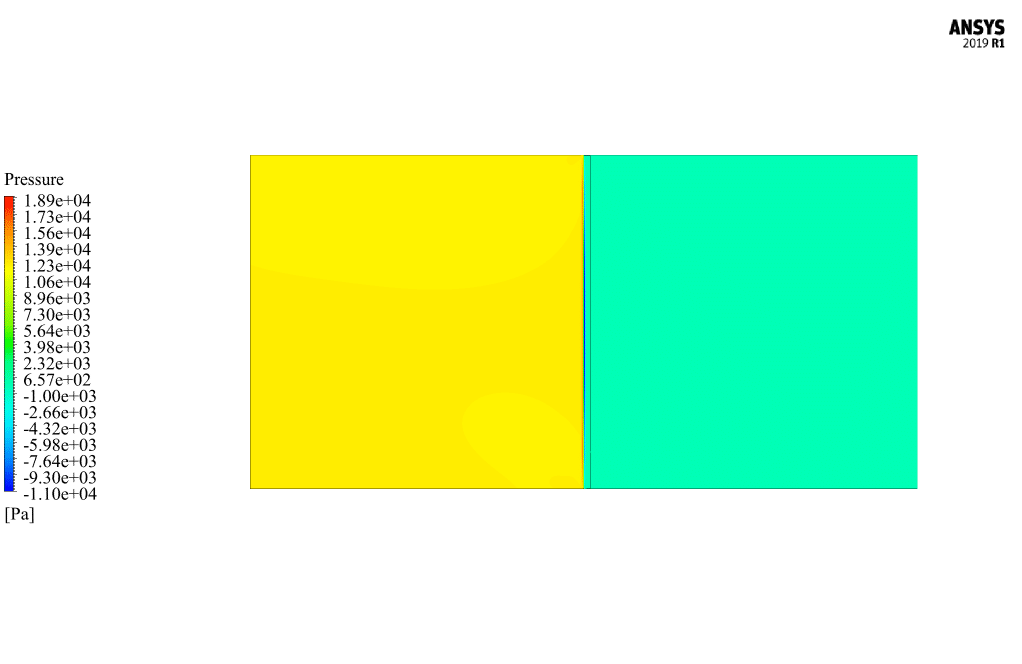
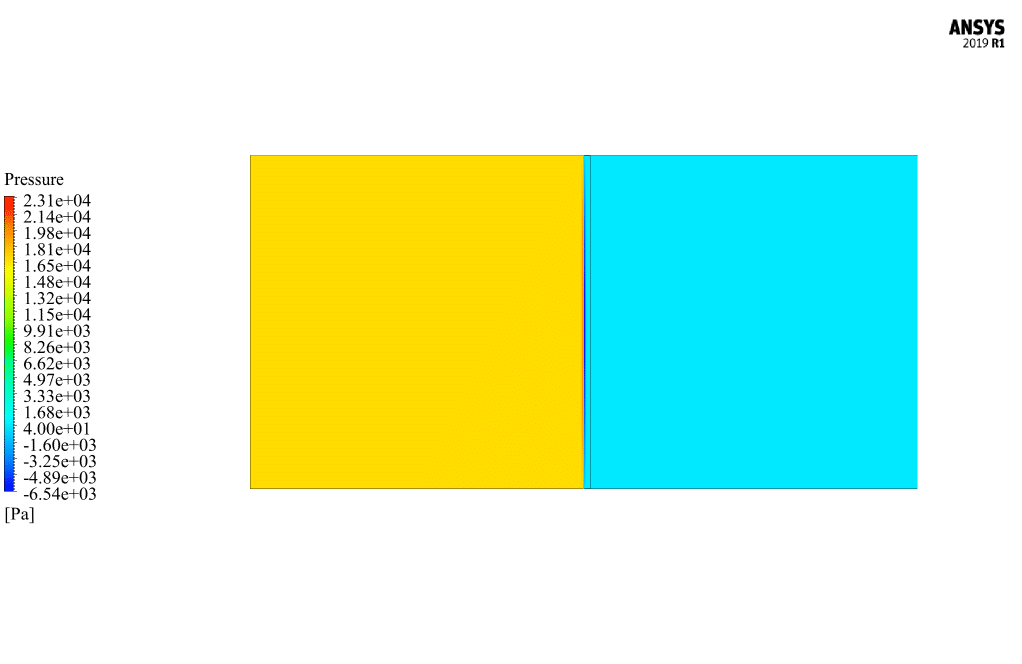
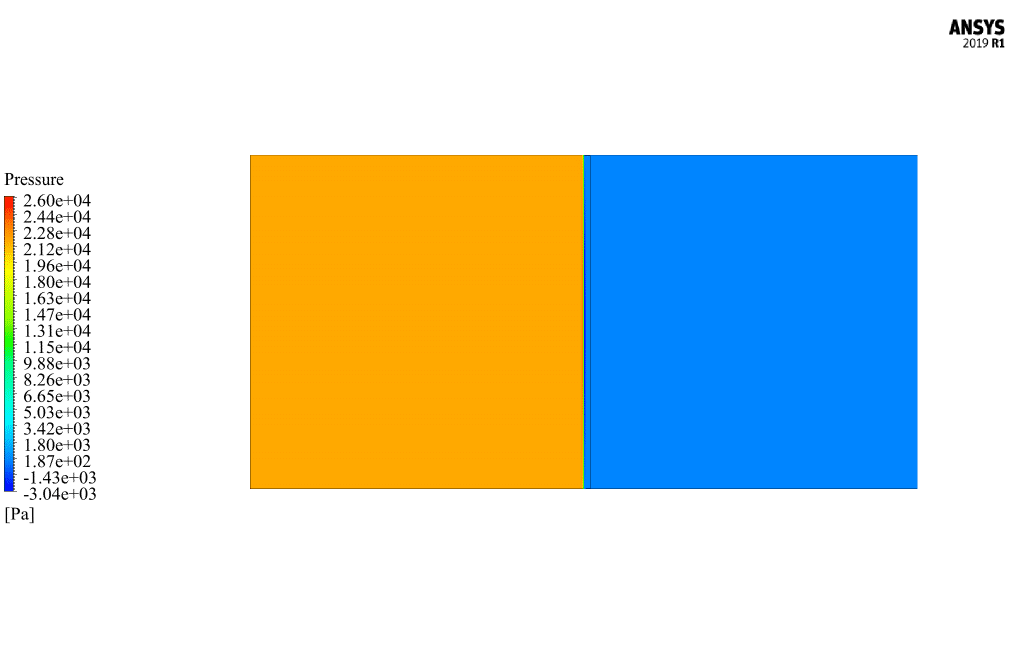
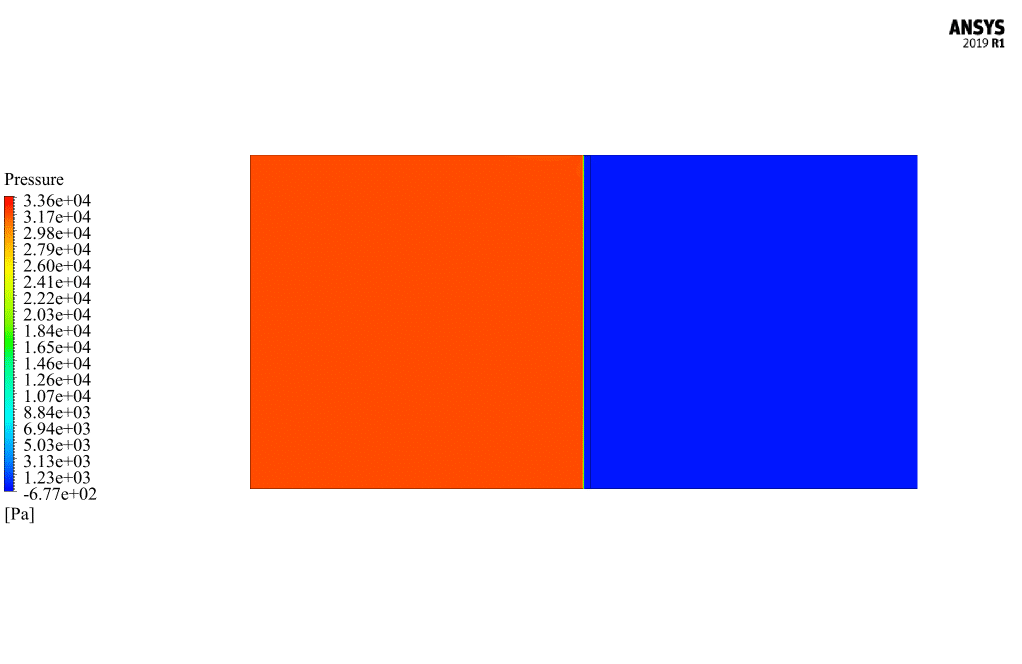
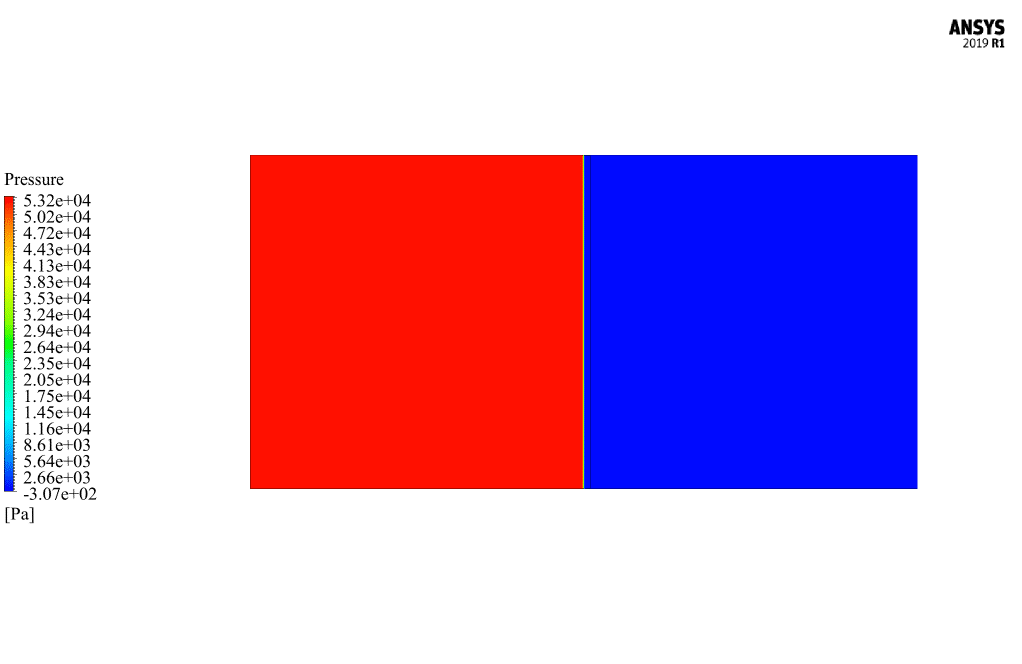
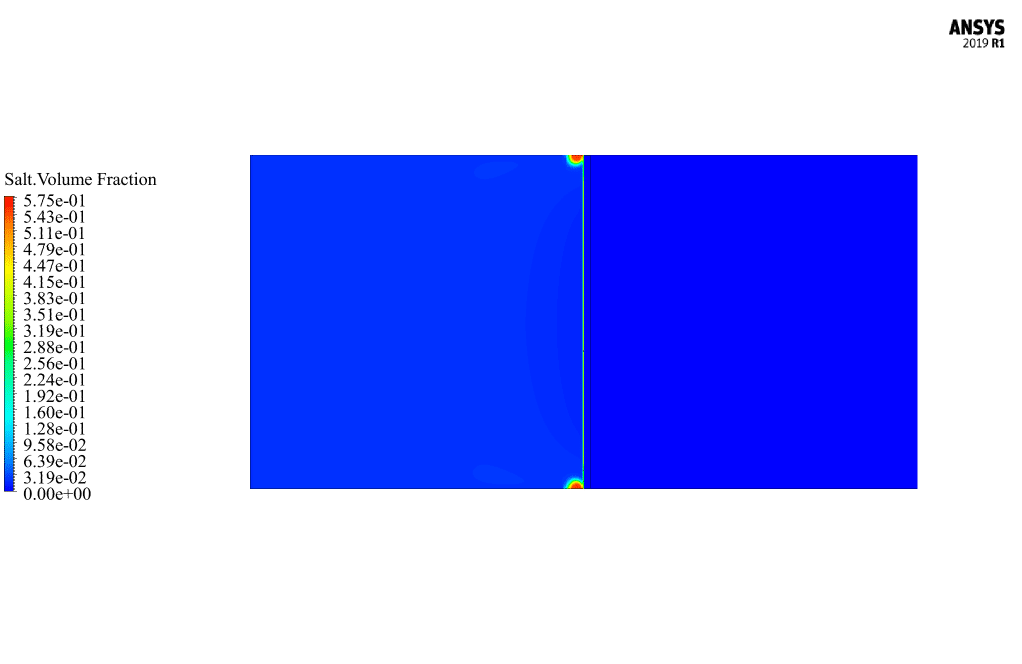
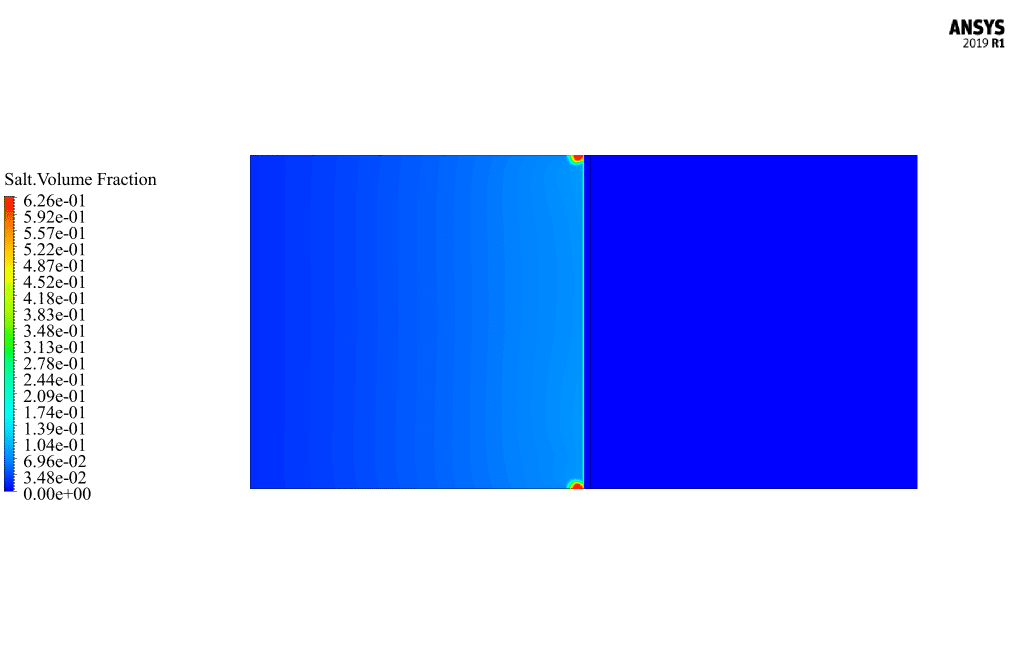
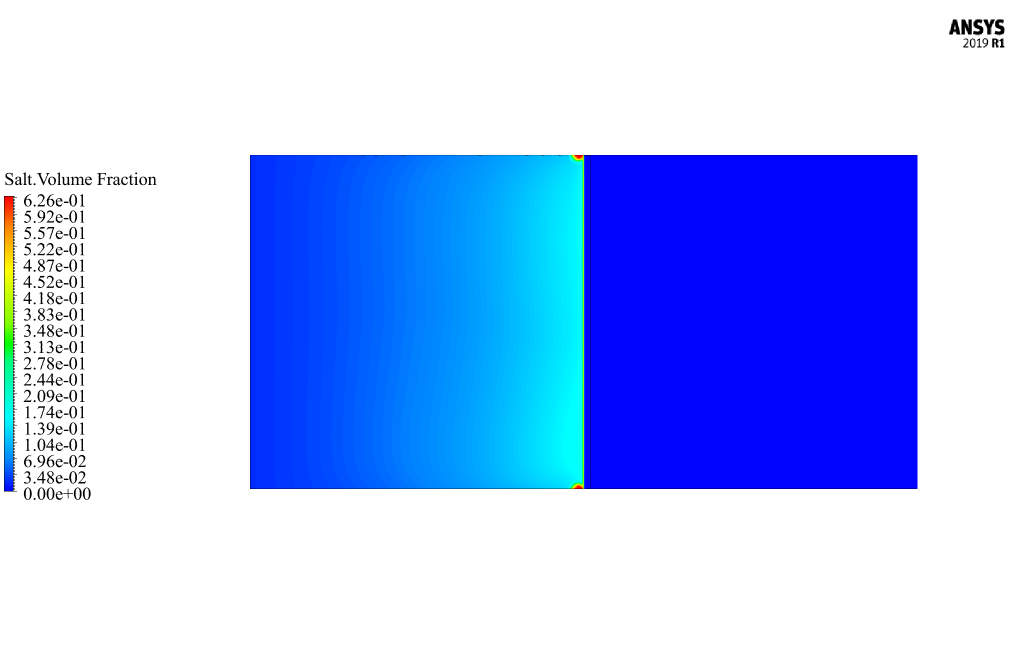
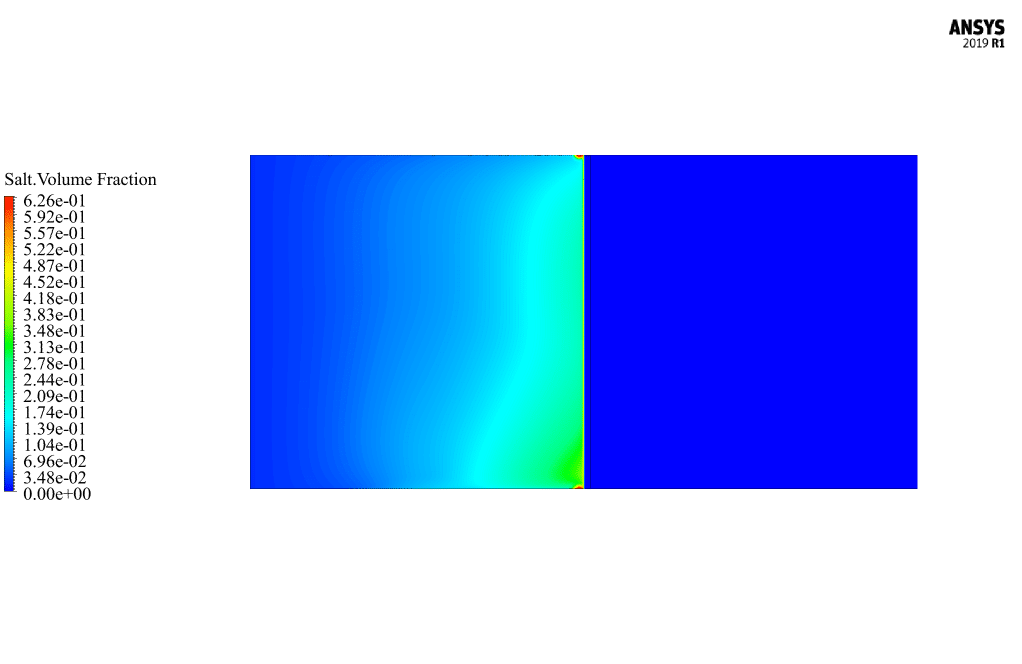
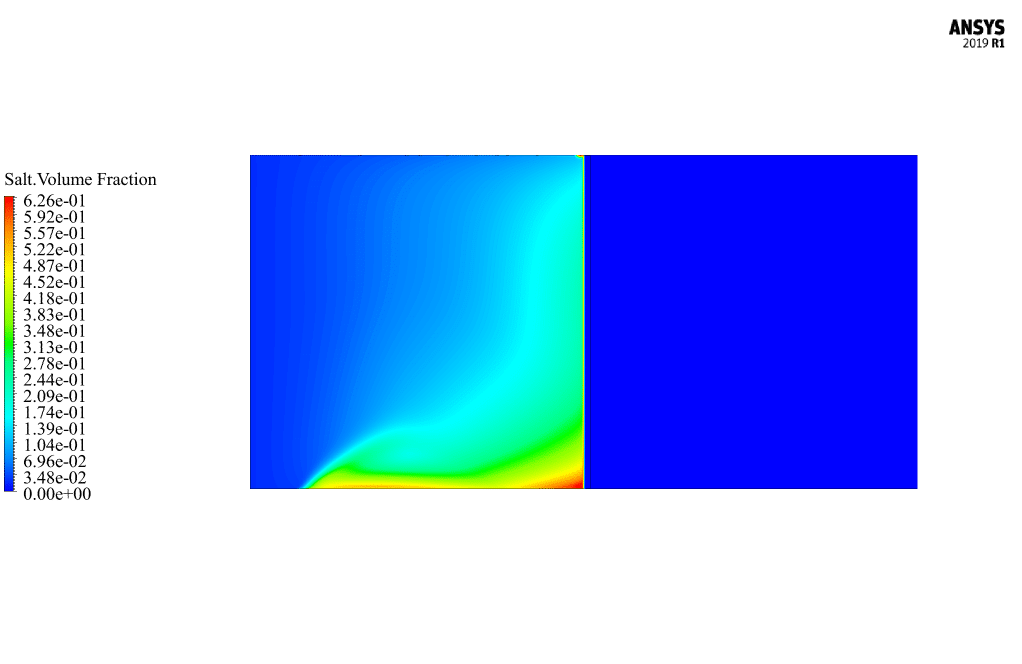

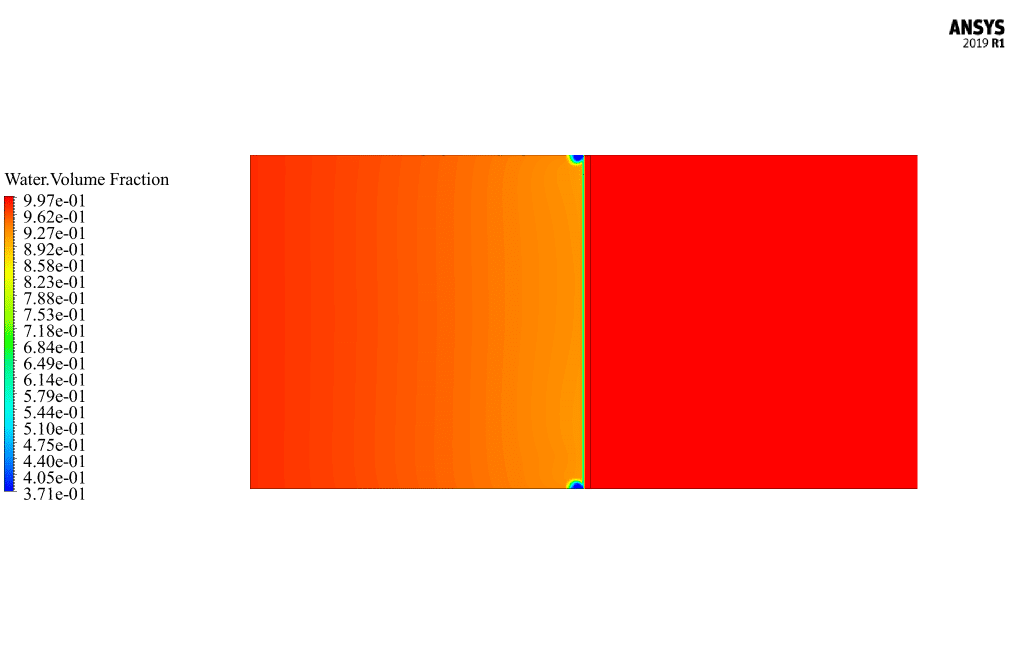
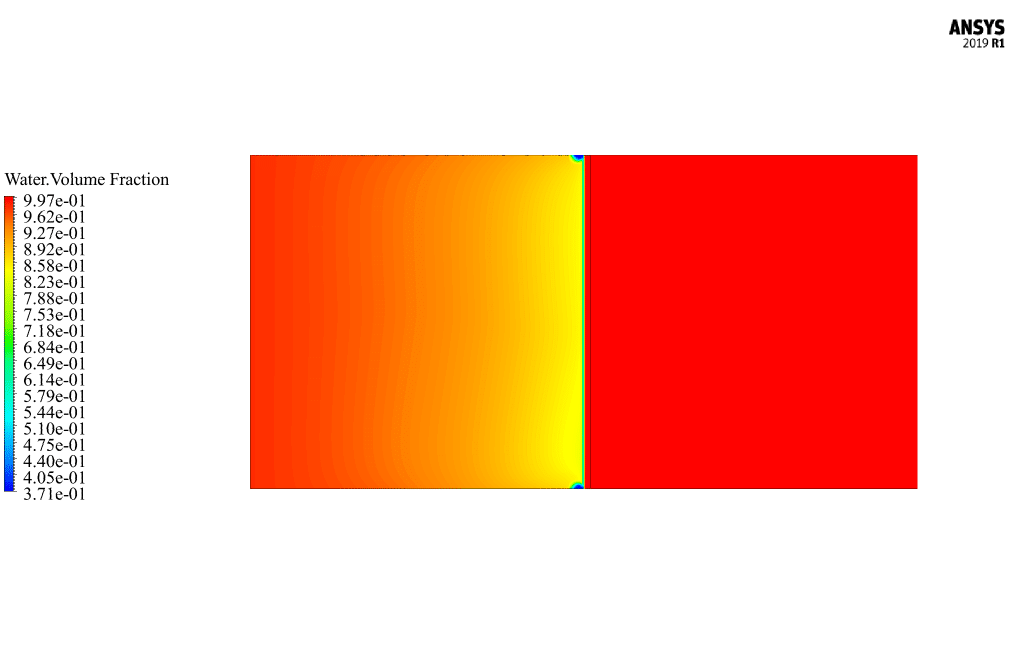
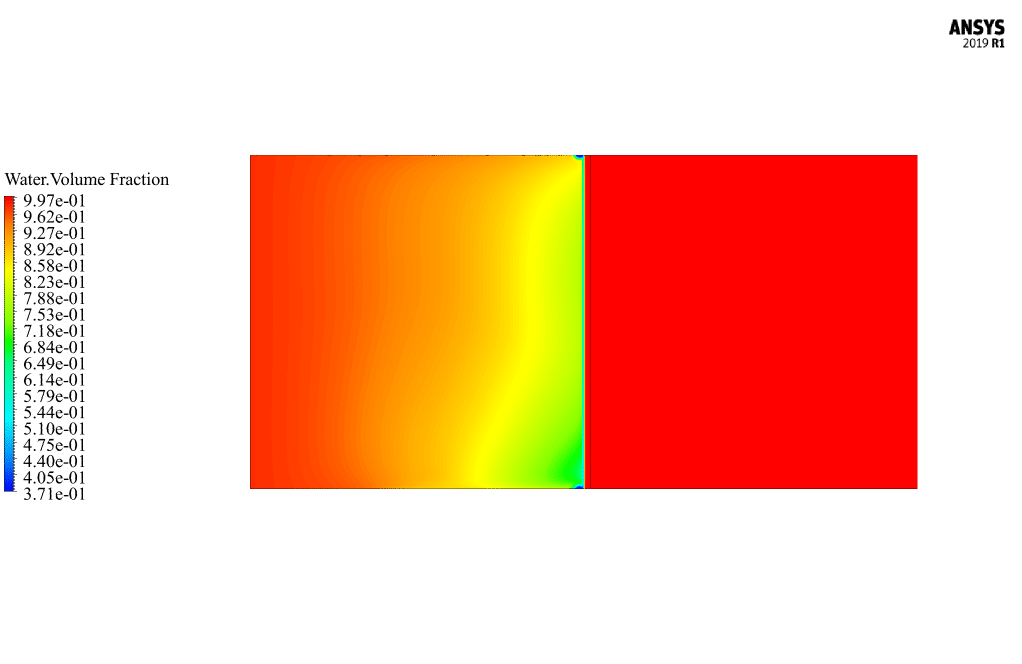
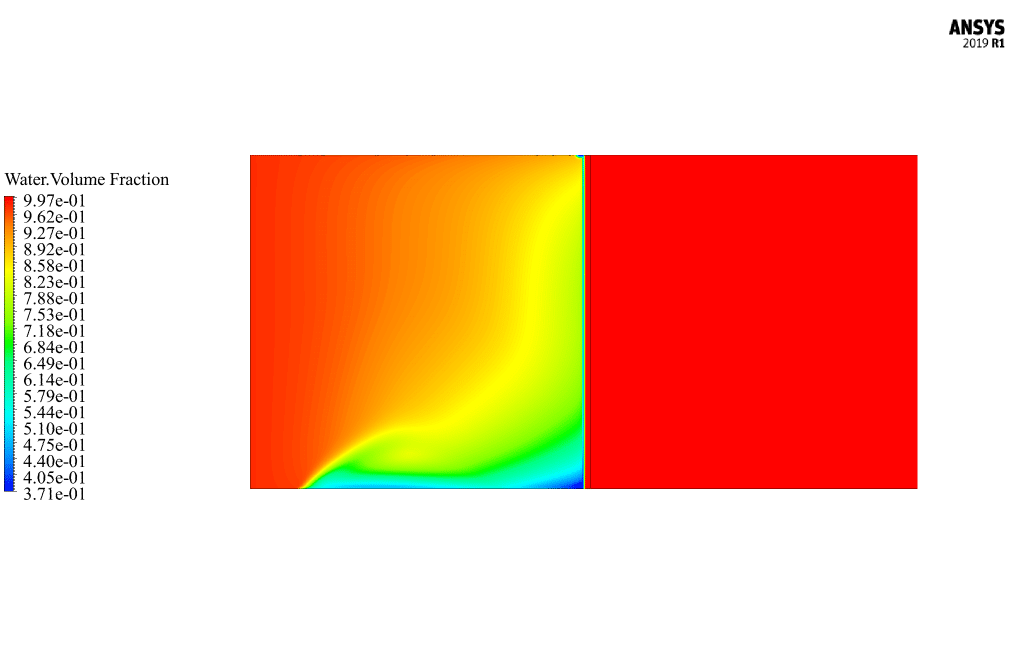
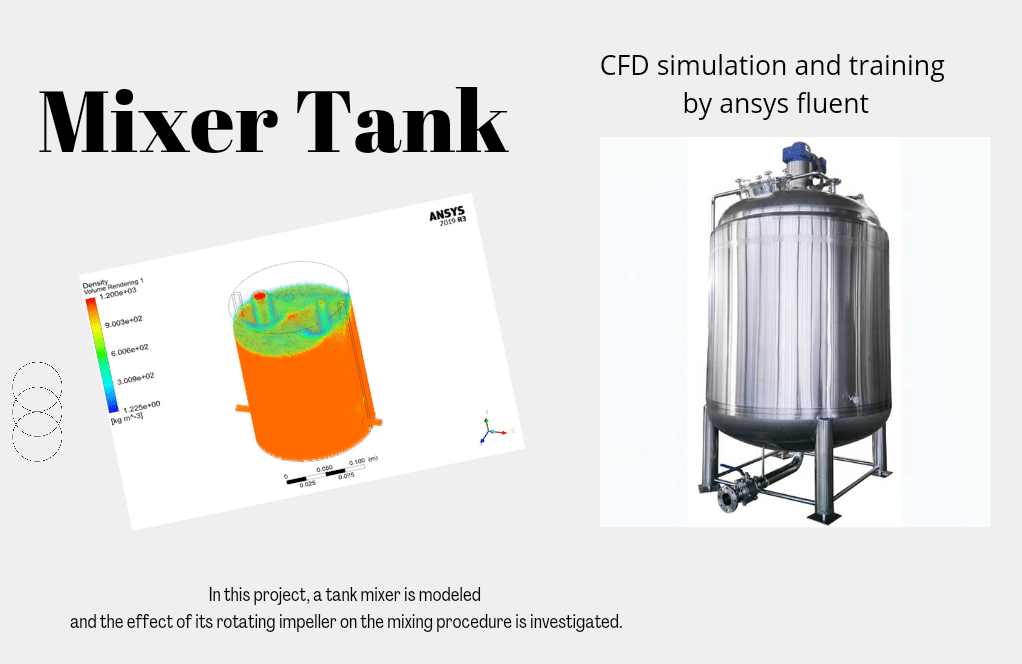

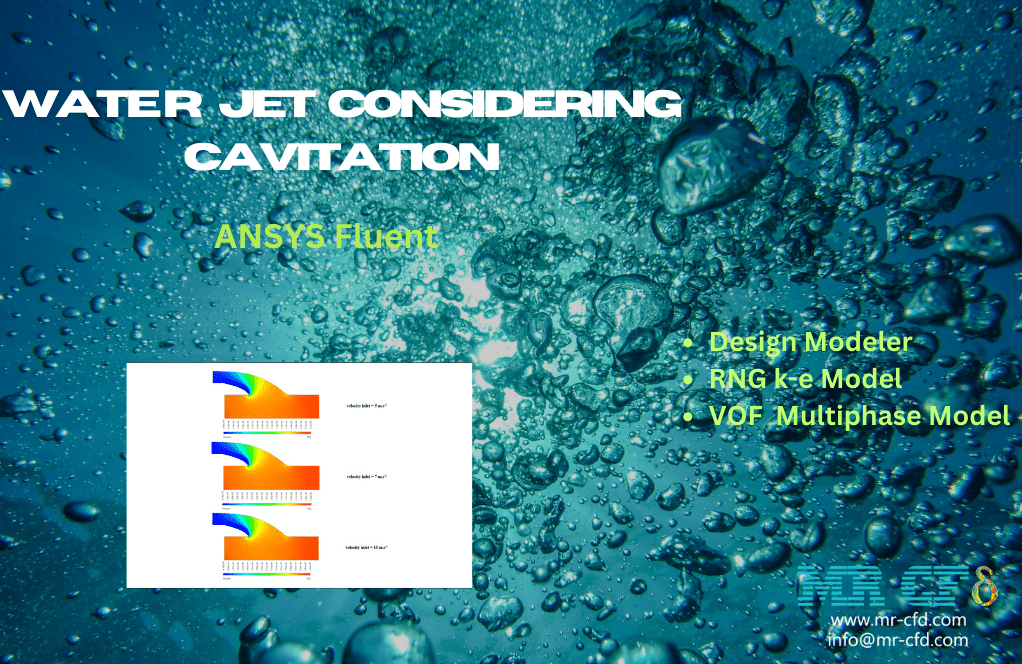
Aditya Metz –
I am thoroughly impressed with the detailed simulation steps for reverse osmosis CFD. It helps visualize the behavior of the solution over time. Can you provide any video tutorials that showcase this simulation process? Visual aids would be highly beneficial for my educational pursuits.
MR CFD Support –
Thank you for your kind words! We are happy to hear that the detailed simulation steps have been helpful for you. We do offer video tutorials that cover various aspects of CFD simulations, including reverse osmosis processes. These tutorials can help reinforce your understanding and provide visual guidance through each step of the simulation. You can find them on our official website or reach out to our customer support to guide you to the appropriate learning resources.
Dr. Remington Huel V –
Your training package on reverse osmosis is impressive. I’m fascinated by how well you have structured the lessons and made it digestible for someone who is new to CFD and water treatment processes. The simulation demonstration coupled with the comparison of real-time results truly brings the concept to life!
MR CFD Support –
Thank you for your kind review! We strive to create valuable and practical educational content. It’s great to hear that the training package met your expectations and that the real-time simulations aided your understanding of CFD applications in water treatment. We appreciate your feedback and are happy to have supported your learning journey!
Ms. Georgette Spencer –
How do you accurately model the semipermeable membrane in the RO simulation using ANSYS Fluent software?
MR CFD Support –
In the RO simulation within ANSYS Fluent, the semi-permeable membrane is modeled as a porous medium. The porosity of this medium controls its permeability, which directly influences the flow of pure water and the retention of salts. By setting specific porosity values along with suitable boundary conditions, the water desalination process is effectively simulated reflecting the behavior of the semi-permeable membrane in reverse osmosis.
Dr. Maria Quitzon –
Is the porous medium representing the membrane accurately simulating the separation of salt and water? How was the porosity of the membrane chosen in the simulation to adequately represent a reverse osmosis membrane?
MR CFD Support –
In the training, the porous medium effectively represents the membrane by controlling the permitivity to selectively allow the passage of water molecules while restricting the salt particles, in line with realistic semipermeable membranes. The porosity is calibrated based on empirical data or specified parameters to mirror the specific membrane’s behavior under reverse osmosis conditions accurately.
Mr. Rickie Emard –
Your reverse osmosis CFD simulation seems very detailed. Could this simulation include parameters such as temperature effects on the membrane and the solution? If so, can you elaborate on how this might change the osmotic pressure difference?
MR CFD Support –
Thank you for your insightful question. This simulation focuses on fluid dynamics and the interaction between the solvent and solute through the membranes. While this specific project doesn’t include temperature effects, it can be modified to include them. Since the osmotic pressure is dependent on the temperature, accounting for temperature differences may result in an adjusted osmotic pressure calculation and consequently alter the efficacy of the reverse osmosis membrane. These impacts can be significant when dealing with solutions of different temperatures, impacting the relative pressures and thereby the overall reverse osmosis process’s efficiency.
Hobart Wehner –
What kind of boundary conditions are applied to the chamber containing the water and salt solution in the beginning stage of the first project?
MR CFD Support –
In the initial stage of the first project simulation, the chamber is closed, so no external boundary conditions apply to the system. The left side contains water with salt, creating a higher concentration, and the right side contains pure water with a lower concentration.
Isai McKenzie –
The project seems quite detailed. Could you tell me if it’s applicable for industrial-sized reverse osmosis water treatment plants, or if it’s more for educational purposes only?
MR CFD Support –
This CFD simulation training is designed to demonstrate the principles and functional mechanisms underlying the reverse osmosis process, applicable for both educational and industrial purposes. It aids in understanding and optimizing real-world water treatment plants by providing insight into the behaviour of systems at various scales.
Francesca Mraz –
The training module has amazing depth! However, could you clarify if the porosity value of the membrane in the simulation equates to actual RO membranes used in the industry? How would changing the porosity value affect the results?
MR CFD Support –
Thank you for the positive feedback! To reply to your question, in the simulation, we choose a porosity value for the membrane to mimic the permeability characteristics of real-world RO membranes. Adjusting this value would affect the rate at which pure water is filtered through the membrane: A higher porosity allows for a swifter flow of water and a lower pressure build-up, while a lower porosity would slow the flow and increase pressure. This helps to understand the efficiency and feasibility of different membrane materials and designs.
Bryana Will –
Could you list the specific conditions simulated for the reverse osmosis process in this training? For example, what feed pressure is used?
MR CFD Support –
In the reverse osmosis CFD simulation training, we demonstrate the process by applying a specific pressure beyond the osmotic pressure to one side of a semipermeable membrane, with the aim of reversing the natural osmotic flow. Given the complexity of industrial reverse osmosis systems, this training focuses on presenting the core concept using simplified conditions. The flow rate, pressure, and concentrations have been calibrated to demonstrate the core principles effectively in a simulated environment. Unfortunately, we don’t have the explicit feed pressure details within the scope of this description. For exact parameters like feed pressure, you may refer to the training material or available documentation provided with the simulation product.
Arjun Hodkiewicz –
This RO CFD simulation is comprehensively explained, kudos on detailing both phases of the study. The way you’ve clarified the osmotic pressure and the effect of applying pressure beyond it is insightful.
MR CFD Support –
Thank you for your positive feedback on the Reverse Osmosis CFD simulation tutorial. We’re thrilled to hear that the explanation was insightful and comprehensive. Your recognition motivates us to continue providing high-quality learning materials.
Amie Barton –
I have recently completed my simulations with the Reverse Osmosis training product from MR CFD. What I loved most about it was how well the step-by-step methodology helped me understand the complexities of the process, especially the use of Eulerian models for multiphase flows. Great job on creating an instructional resource that both guides and educates!
MR CFD Support –
We’re absolutely thrilled to hear you’ve had a positive and enlightening experience with our Reverse Osmosis CFD Simulation training material! It’s rewarding for us to know that our detailed methodology and educational approach have assisted in your learning journey. Your success is our top priority. Thank you for your kind compliment, and we look forward to supporting you further in the future!
Prof. Brody Breitenberg –
The training for the Reverse Osmosis CFD Simulation by Ansys Fluent was extremely well-done. I could follow the entire process easily and appreciate how it incorporated real-world applications like water purification. The animations added much value in understanding the process over time.
MR CFD Support –
Thank you for your positive feedback! We’re thrilled to hear that the simulation and its animations were helpful in your understanding of reverse osmosis. Your experience underscores our commitment to providing practical and educational simulations that resonate with real-world scenarios. We look forward to continuing to support your learning journey!